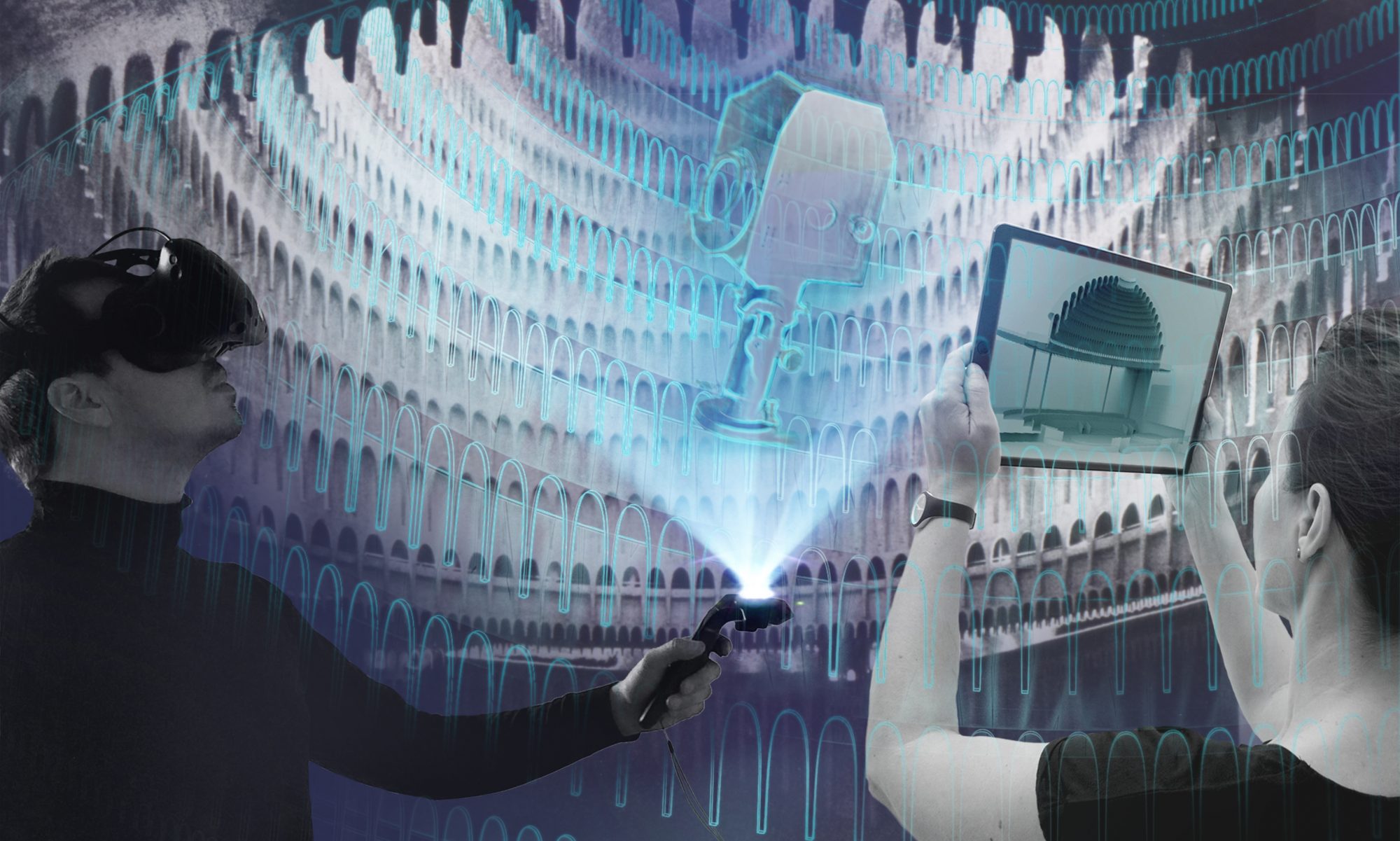In this article we explain the different degrees of movement in virtual space! What does 3DoF and 6DoF mean – and what are the effects?
Find your center: Users control their movements in the virtual world either via the controllers or by means of body position and movement. For this purpose, the movement data is tracked and transmitted. Like keyboard input, body movements here are input commands that are captured and transmitted by the VR goggles, so-called tracking systems. Basically, a distinction is made between two different types of movement / Degrees of Freedom (abbreviation: DoF):
So-called 3DoF systems “only” allow the three directions of movement of turning, tilting and tilting the head. As a user, I can therefore change the image section of the VR glasses via my head movement, but I cannot change my position in virtual space via a real movement. Thus, approaching and circling objects in virtual space by walking is not possible. A change of position in 3DoF systems can then only be done via an additional controller. 3DoF VR glasses do not have sensors for position detection and are therefore often a wireless stand-alone system. Therefore, 3DoF systems are often used in a sitting position and do not require a large action area (approx. 1x1m = seat).
3DoF systems are for example: Oculus Go, Pico G2 4K, Pimax Vision 8K Plus.
6DoF systems allow in addition to the movement possibilities of the head also a direction of movement in x-,y- and z- direction. This means that the user’s movement in the real world (forward, backward, sideways or towards the ground) is transferred 1:1 as movement into the virtual world. With the help of a 6DoF VR headset, the degree of immersion is higher and virtual spaces can be explored without additional controller input, provided that the action area (free area in the real world for movement) and the VR application allow this. Such 6DoF systems can be recognized by the fact that tracking sensors are required. These are either installed externally in the room or internally in the goggles. For 6Dof systems you need an action area of at least 2x2m. Some VR glasses (e.g. Oculus Quest 2) can cover an action area of more than 10x10m.
6DoF systems are e.g.: Oculus Rift S, Oculus Quest 1 and 2, Pico Neo 2, HTC Vive, HP Reverb G2.
Sources:
https://preview.redd.it/336zuvy831131.gif?format=mp4&s=64e422dff730d61d187677ec55625bc535455766
https://www.reddit.com/r/OculusQuest/comments/bu6io9/3dof_6dof_explained/
Authors: Vincent Kaufmann, Franziska Ritter, Pablo Dornhege


